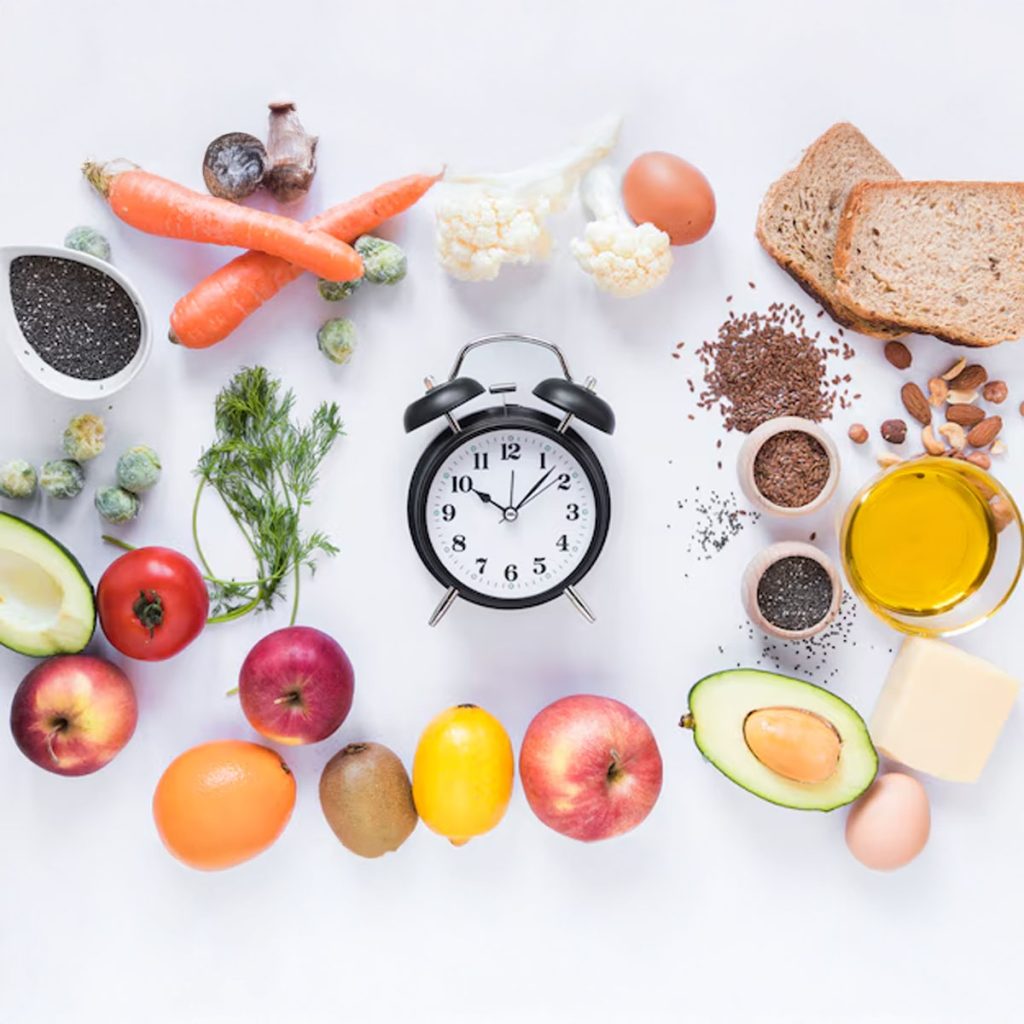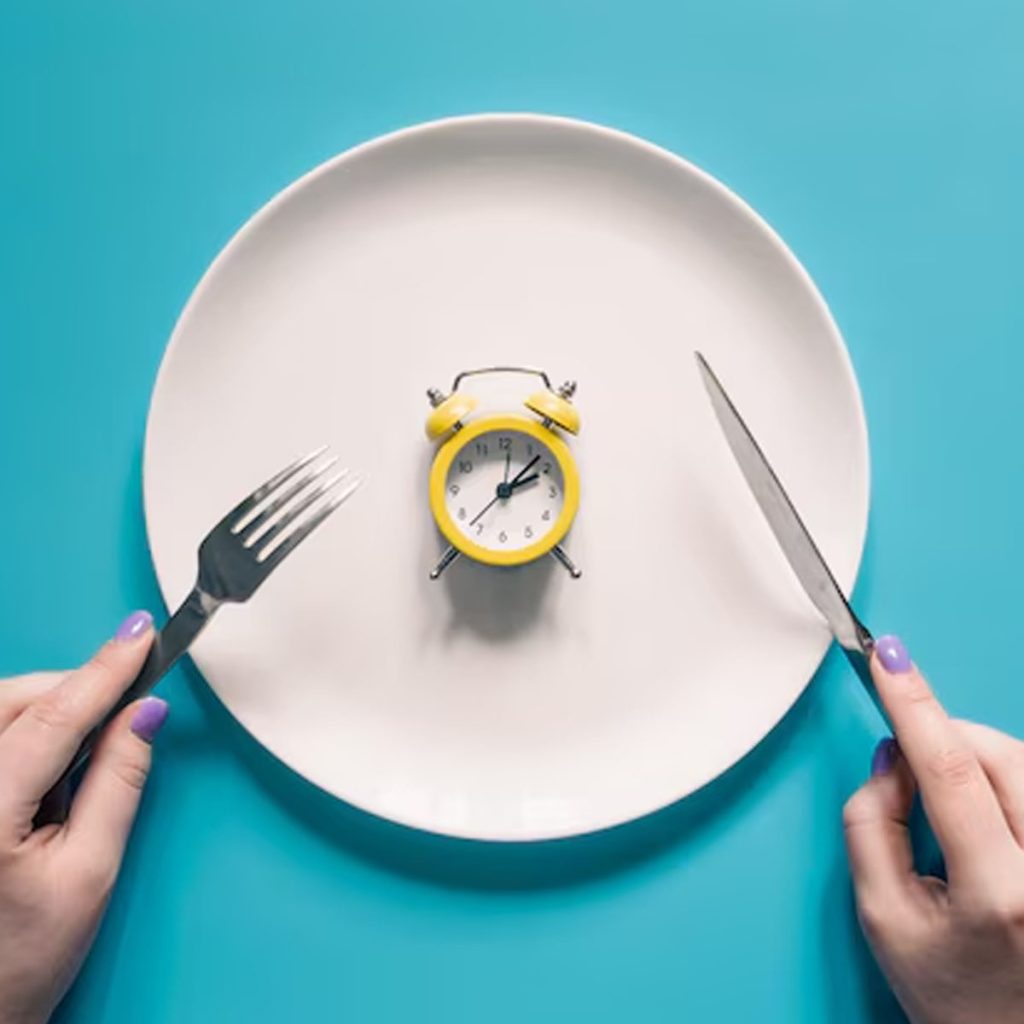Britain has never been short of weight-loss fads, yet few have gripped the nation like intermittent fasting under the steady hand of Dr Michael Mosley. In living rooms from Leeds to Liskeard, his plain-spoken broadcasts turned complex metabolic science into kitchen-table tactics, helping thousands to shrink waistlines and, in some cases, reverse type 2 diabetes. Mosley’s appeal rests on three sturdy legs: the credibility of a medical degree, the curiosity of a BBC science journalist and the honesty of a man who tested each protocol on his own body first. This review unpacks the full Mosley catalogue – the 5 2 diet, the phased Fast 800 programme and its lower-carb offshoot, Fast 800 Keto – weighing the published evidence against potential risks so that health-conscious UK adults can choose with confidence.
Fun fact: Dr Mosley once swallowed a six-metre tapeworm on camera to explain parasitic life cycles. The stunt won a Royal Television Society award for educational impact.
Michael Mosley – From Finance to Prime-Time Physiology
Born in Kolkata and schooled in England, Mosley first read PPE at Oxford before a brief stint in the City. Medicine called next; he qualified at the Royal Free Hospital, intending to practise psychiatry, but instead joined the BBC trainee producer scheme. Two decades of flagship documentaries followed, from Ulcer Wars, which helped shift prescribing habits for gastric ulcers, to Eat, Fast and Live Longer, the programme that launched the fasting revolution. Throughout, he played “human guinea pig”, infesting himself with parasites or filming his gut with a pill-cam to make abstract physiology tangible. When a routine check-up revealed his own pre-diabetes in 2012, the stage was set for public experiments that would reshape dietary advice nationwide.
Evolution of the Mosley Programme
5 2 Diet – The Part-Time Fast
- Core idea: Eat normally on five days, restrict to roughly 500 kcal (women) or 600 kcal (men) on two non-consecutive days.
- Why it clicked: Flexible scheduling sidesteps relentless deprivation, making adherence easier for office workers and parents alike.
- Evidence snapshot: Meta-analyses show weight loss comparable to daily calorie restriction, with some preservation of lean muscle.
Fast 800 – Three-Phase Refinement
- Very Fast 800
- 800 kcal every day for up to twelve weeks
- Designed for rapid loss or diabetes remission; inspired by DiRECT and DROPLET clinical trials.
- New 5 2
- 800 kcal on two days, Mediterranean diet on five
- A gentler, long-term rhythm with the now-famous “magic number” that balances satiety and metabolic shift.
- Way of Life
- No fixed calories, moderate-carb Mediterranean pattern
- Maintenance stage, where users dip back into New 5 2 if weight creeps upward.
Fast 800 Keto – Low-Carb Accelerator
- Target: Induce nutritional ketosis with under 50 g carbs and over 50 g protein within an 800–1000 kcal ceiling.
- USP: Marries keto principles with olive-oil-rich Mediterranean foods, softening concerns about saturated fat.
- Duration: Up to twelve weeks before transitioning to New 5 2 or Way of Life.
The Biology Behind the Headlines
Metabolic Switch
After 10–12 hours without food the liver’s glycogen stores deplete, insulin falls and the body flips to fat burning. Noradrenaline rises, releasing fatty acids which the liver converts into ketones – an alternative fuel for brain and muscle.
Ketosis
Full ketosis occurs when the carbohydrate supply remains low or when fasting continues. Reported benefits include appetite suppression and preferential reduction in visceral fat, the inflammatory depot around abdominal organs.
Autophagy
Fasting for 12–16 hours triggers cellular housekeeping: damaged proteins and worn-out mitochondria are dismantled and recycled. Nobel-prize-winning research links this process to reduced inflammation and potential longevity gains – lending scientific heft to the idea of an internal “clean-up”.
What the Trials Tell Us
- Weight loss: A systematic review of 27 trials shows intermittent fasting cuts 0.8 – 13% of starting weight; alternate-day protocols edge ahead of continuous restriction in some analyses.
- Diabetes remission: DiRECT placed adults on an 800 kcal formula for up to five months – 46% achieved drug-free remission at one year versus 4% in standard care.
- Lipids: Triglycerides typically fall, HDL often rises, but ketogenic variants can lift LDL cholesterol – a red flag for anyone with cardiovascular risk.
- Inflammation: Markers such as CRP tend to drop; mouse models show protection against fatty-liver progression when following a 5 2 rhythm.
Mosley Method Versus Juice Cleanses
- Detox claim: Mosley’s fasting activates autophagy – an intrinsic cellular process. Juice regimes promise to “flush toxins” yet omit clear mechanisms.
- Nutrition: Mediterranean fasting supplies protein, fibre and healthy fats; juice cleanses strip protein and fibre, spike sugar and leave users hungry.
- Sustainability: Fast 800 phases segue into lifelong maintenance; juice plans collapse within days.
- Evidence: Clinical trials back fasting for weight and glucose control; rigorous data for juice detox is virtually absent.
Risks and Criticisms
- Very low calories: 800 kcal qualifies as VLCD; not advised for under-18s, over-65s, pregnant women or anyone with eating-disorder history. Medical oversight is vital for people on glucose-lowering drugs.
- Side-effects: Early days may bring fatigue, headaches, constipation and “keto breath”. Hydration and added electrolytes help.
- LDL rise on keto: Discuss lipid panels with a GP before and during any extended keto-style phase.
- Psychology: Feast-and-fast cycles can unsettle those prone to binge-restrict patterns – professional support or CBT tools are prudent safeguards.


Getting Started – Practical Checklist
1. Pick the pathway
- Significant weight or recent diabetes? Consider Very Fast 800 with doctor input.
- Moderate goals? Start with New 5 2 straight away.
- Maintenance or prevention? Way of Life fits.
2. Stock the kitchen
- Lean proteins – chicken, oily fish, eggs, tofu.
- Healthy fats – extra-virgin olive oil, avocado, nuts.
- Non-starchy vegetables – leafy greens, peppers, courgettes.
- Whole-food carbs in modest portions – quinoa, lentils, barley.
3. Plan fasting days (if using 5 2)
- Example 800 kcal template:
- Breakfast – spinach omelette (250 kcal)
- Lunch – miso soup with tofu and pak choi (200 kcal)
- Dinner – baked cod with steamed broccoli (350 kcal)
4. Move smart
- Two 20-minute HIIT sessions and two strength workouts each week preserve muscle and curb rebound gain.
5. Mind the metrics
- Track waist, weight and morning blood-glucose (if diabetic) fortnightly.
- Review lipids and blood pressure every three months.
Conclusion – Informed Choice for a Healthier Future
Dr Mosley’s programmes harness well-described metabolic pathways to produce meaningful fat loss and impressive metabolic shifts, especially for those battling obesity or type 2 diabetes. Their structured phases ease users from strict resets to sustainable Mediterranean eating, answering the perennial question of “what happens after the diet”. However, the same intensity that drives dramatic results demands respect: medical screening, realistic goal-setting and a readiness to adjust if side-effects or lipid changes emerge. Adopt the plan that matches your health profile, pair it with movement and mindfulness, and the old proverb rings true – “Forewarned is forearmed.”
Maximising Results – Practical Strategies for Everyday Life
Intermittent fasting succeeds or fails in the fine details of routine. The principles are simple; the execution lives in your kitchen cupboard, office desk drawer and social calendar. The tactics below translate Mosley science into daily habits that stick.
Structure Your Week for Success
Monday and Thursday: Fasting days (800 kcal each) – keep meetings light, plan simple meals such as:
- Breakfast – black coffee and a two-egg spinach omelette
- Lunch – miso broth with tofu, pak choi and sliced chilli
- Dinner – baked haddock with broccoli and lemon
Tuesday, Wednesday, Friday: Mediterranean days – fill half the plate with non-starchy veg, a quarter with protein and a quarter with high-fibre grains or pulses. Olive oil replaces butter; herbs replace sugary sauces.
Weekend flexibility: One main meal out? Skip starters and share a pudding, then walk fifteen minutes afterwards to smooth the glucose curve.
Portion Hacks Without Scales
- Two fists of salad leaves equal roughly 80 g veg.
- Your palm (minus fingers) is a sensible steak or salmon portion.
- A cupped hand fits 30 g nuts – enough healthy fat, not a calorie ambush.
Keep these visual cues front-of-mind and kitchen weighing becomes optional.
Fun fact: People who place fruit in clear bowls on the counter eat almost 30 percent more of it, according to Cornell’s Food & Brand Lab. Visibility nudges behaviour.
Hydration, Electrolytes and “Fasting Flu”
Low-carb phases flush sodium and water. Aim for 2.5 litres fluid daily: plain water, unsweetened herbal tea, black coffee or sparkling water. Sprinkle half-a-teaspoon sea salt into a litre bottle or sip vegetable stock to dodge headaches, fatigue and light-headedness that sometimes strike in week one.
Training the Hybrid Engine – Exercise Pairings
| Goal | Best Training | Weekly Frequency | Why It Works |
| Preserve muscle on VLCD | Resistance sessions (body-weight, bands, weights) | 2–3 | Prevents metabolic slowdown |
| Enhance fat oxidation | Fasted brisk walk or slow jog | 3 x 30 min | Mobilises fatty acids while insulin is low |
| Cardiovascular boost | HIIT: 30 sec sprint / 90 sec walk x 8 | 2 | Elevates VO₂ max, supports insulin sensitivity |
Tip: Schedule HIIT on Mediterranean-eating days for extra energy; put resistance work on fasting days when growth hormone is naturally higher.
Troubleshooting Common Hurdles
- Evening munchies: Brush teeth straight after dinner; the minty palate break signals “kitchen closed”.
- Social pressure: Practise a one-line script – “I’m testing a medically backed fasting plan; I’ll join in again tomorrow.” Most friends respect concise confidence.
- Weight plateau after six weeks: Check hidden carbs (sauces, milk in coffee), tighten eating window to ten hours and add one extra strength workout.
Special Populations – When to Adapt or Avoid
| Scenario | Recommended Action |
| Type 2 diabetes on medication | Consult GP; doses may need rapid reduction |
| Perimenopause | Emphasise resistance training and calcium-rich foods; consider New 5 2 rather than daily 800 kcal |
| Shift workers | Use time-restricted eating aligned to wake cycle rather than clock time; consistent schedule beats perfect schedule |
Future Research Directions
Scientists are probing three promising questions:
- Time of day: Does early-time-restricted feeding (all meals by 15:00) outperform late windows?
- Microbiome modulation: Can fermented foods during fasting enhance butyrate production and further calm inflammation?
- Cycling ketosis: Will alternating four weeks of Fast 800 Keto with eight weeks of New 5 2 yield better long-term cardiac markers than continuous keto?
Funding proposals from King’s College London and Newcastle University suggest answers are on the horizon.
Final Word – Empowerment, Not Perfection
Nobody follows every rule every day. What matters is trend, not perfection. Think of the programme as Sat-nav: wrong turns happen, yet steady course corrections still deliver you home. Adopt the plan, adapt where life demands.





